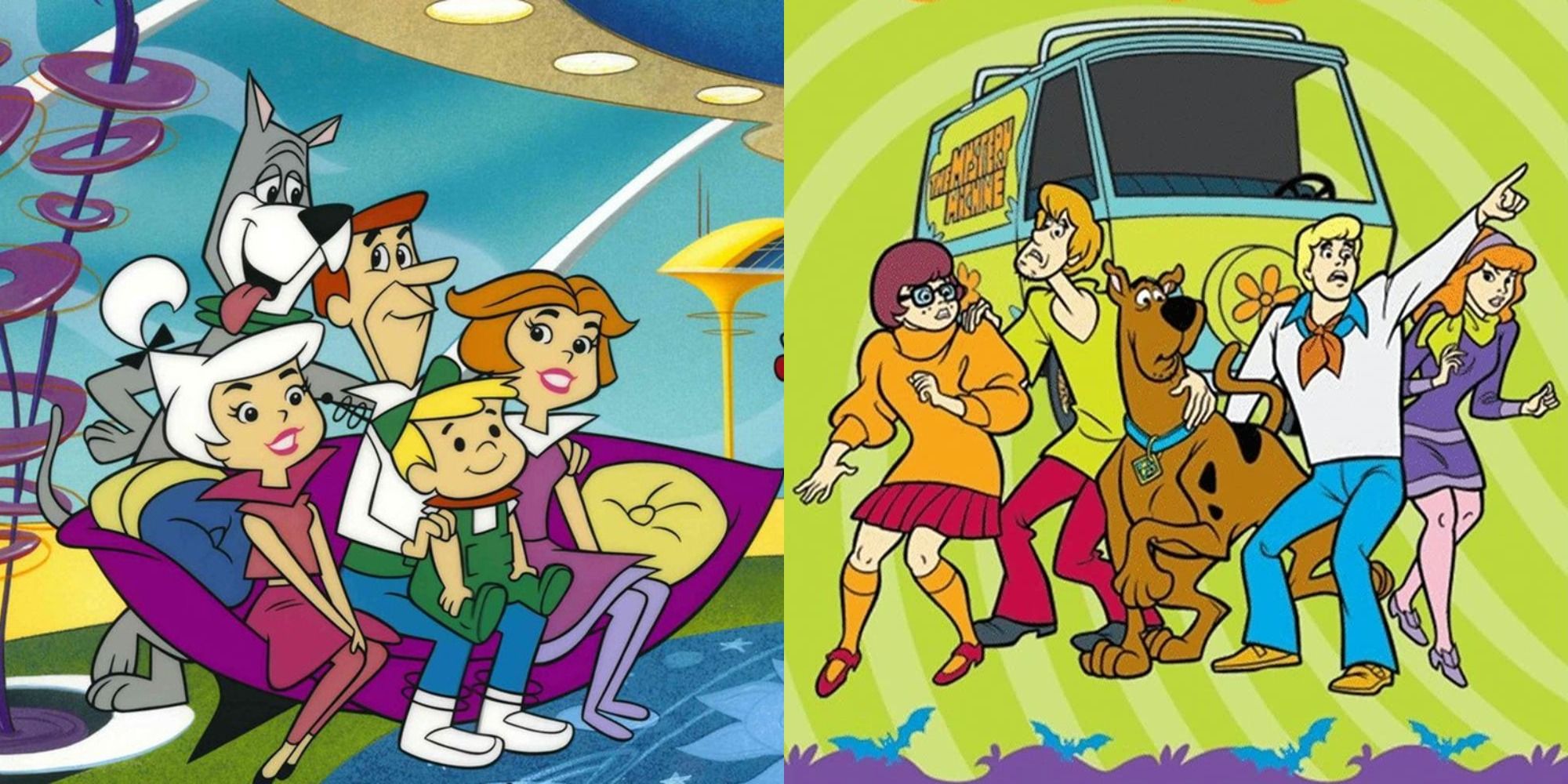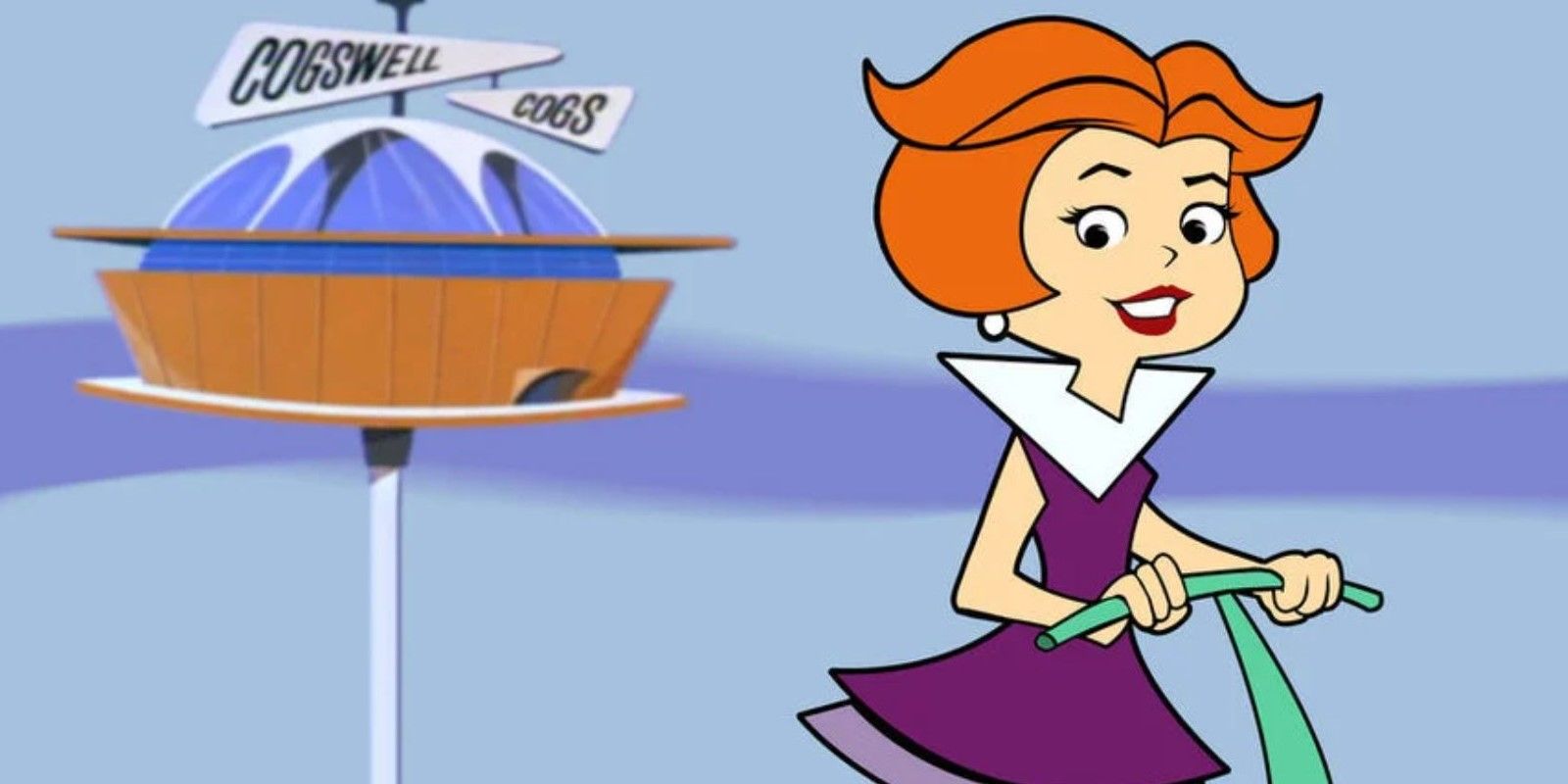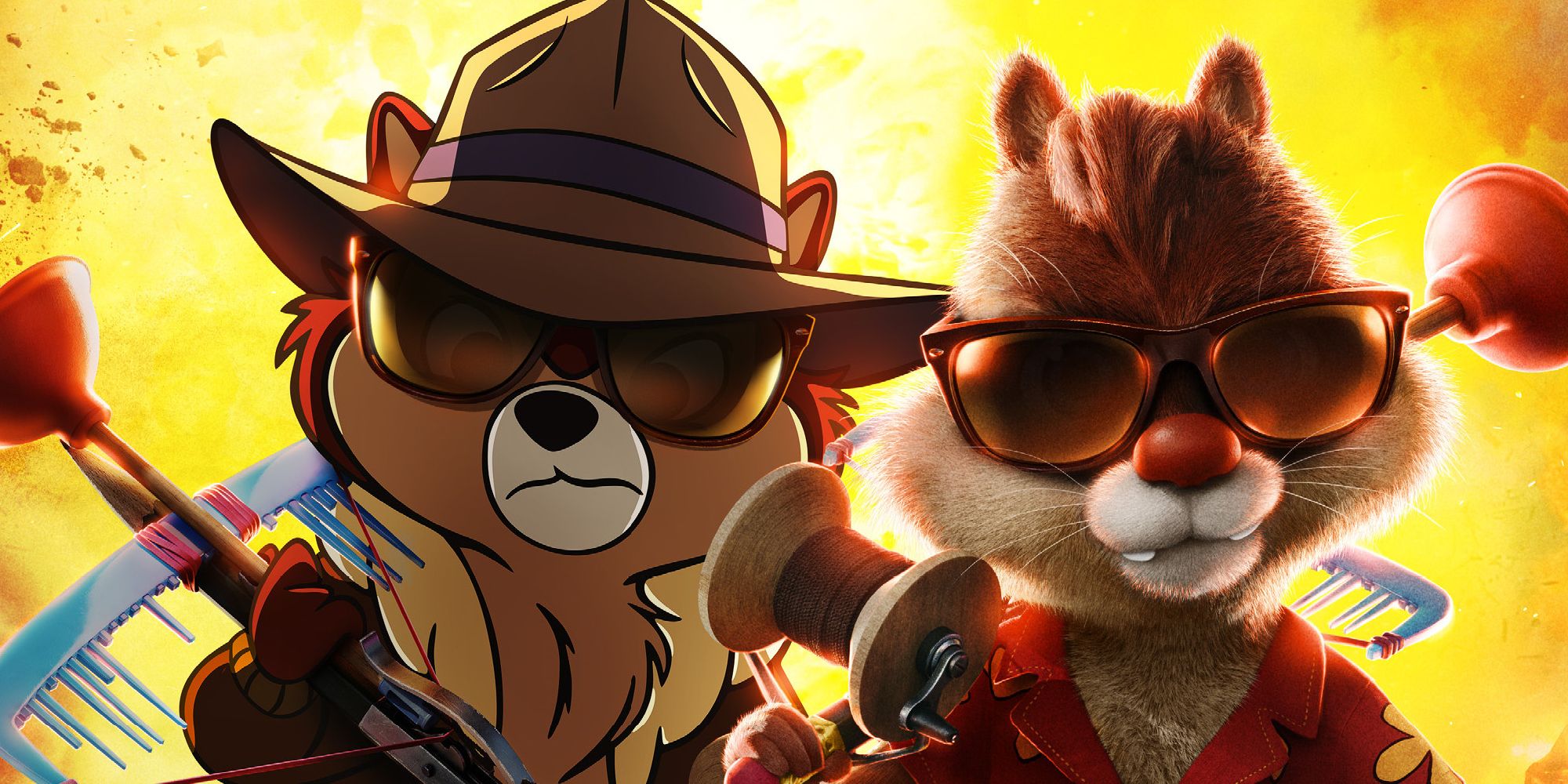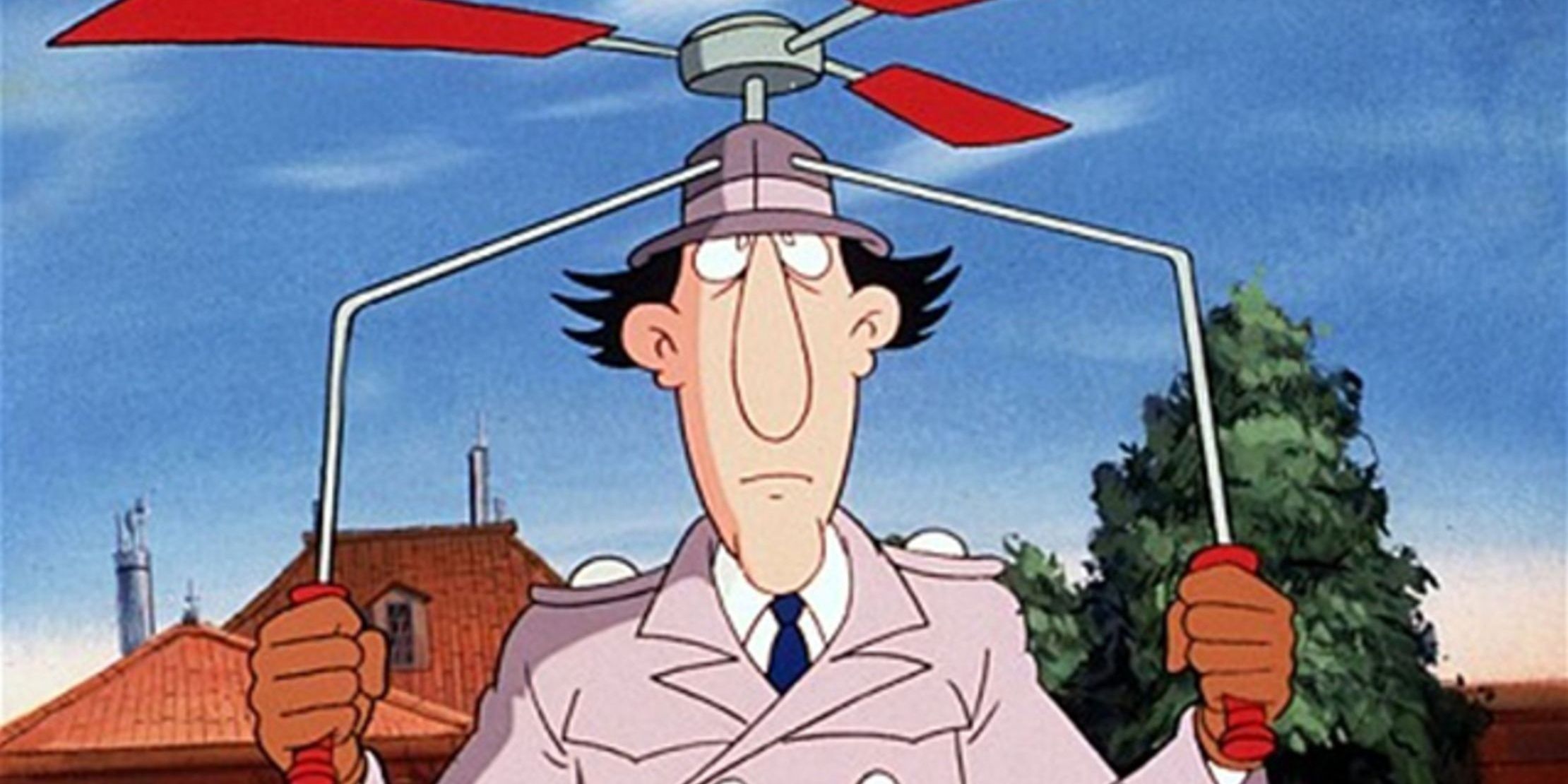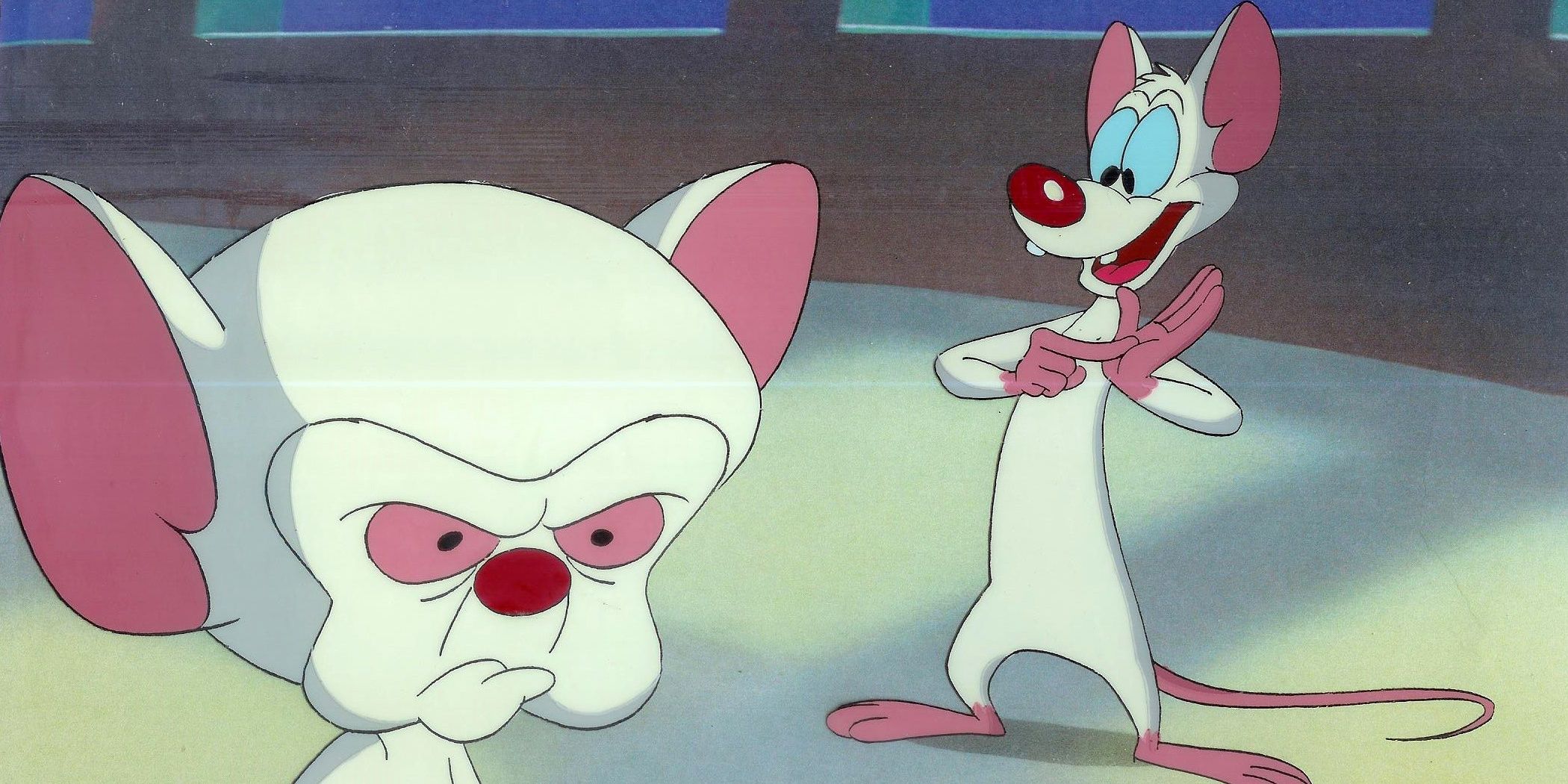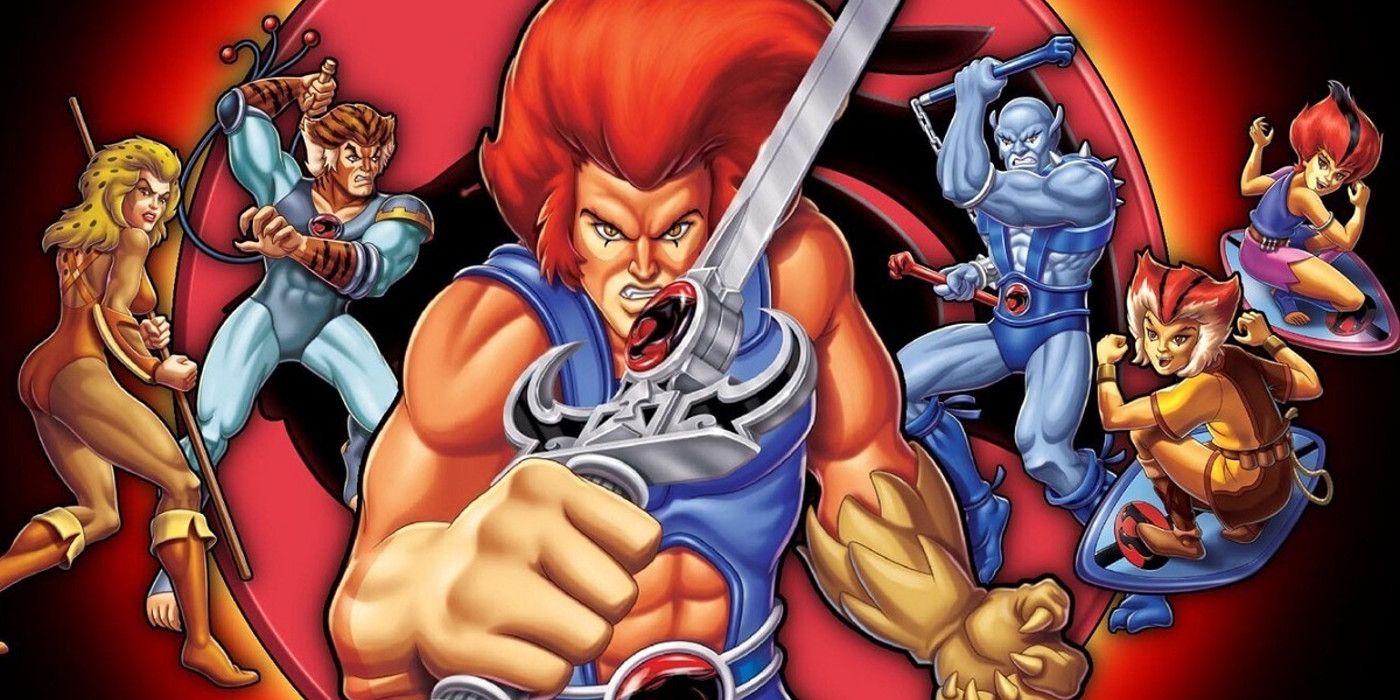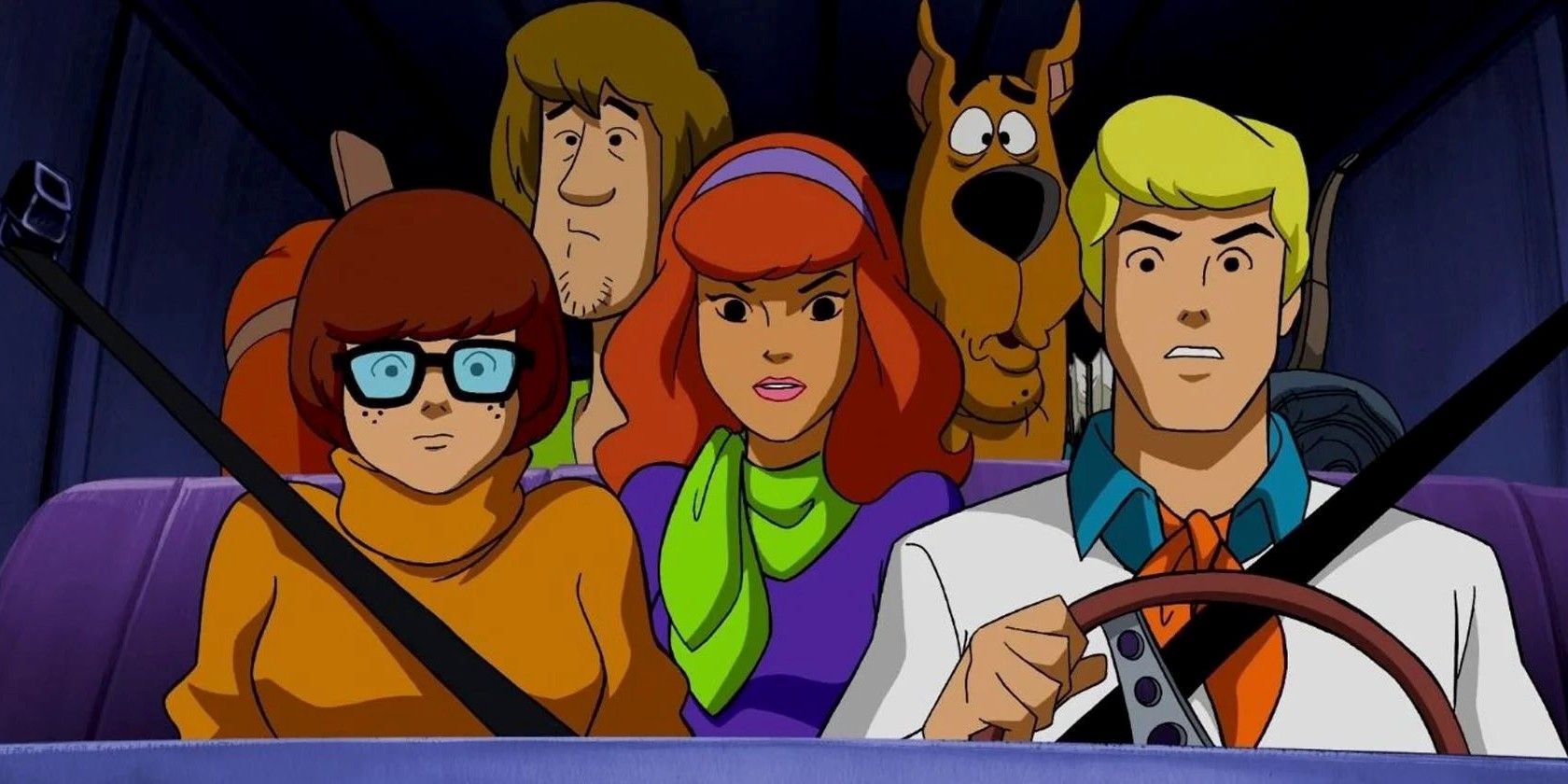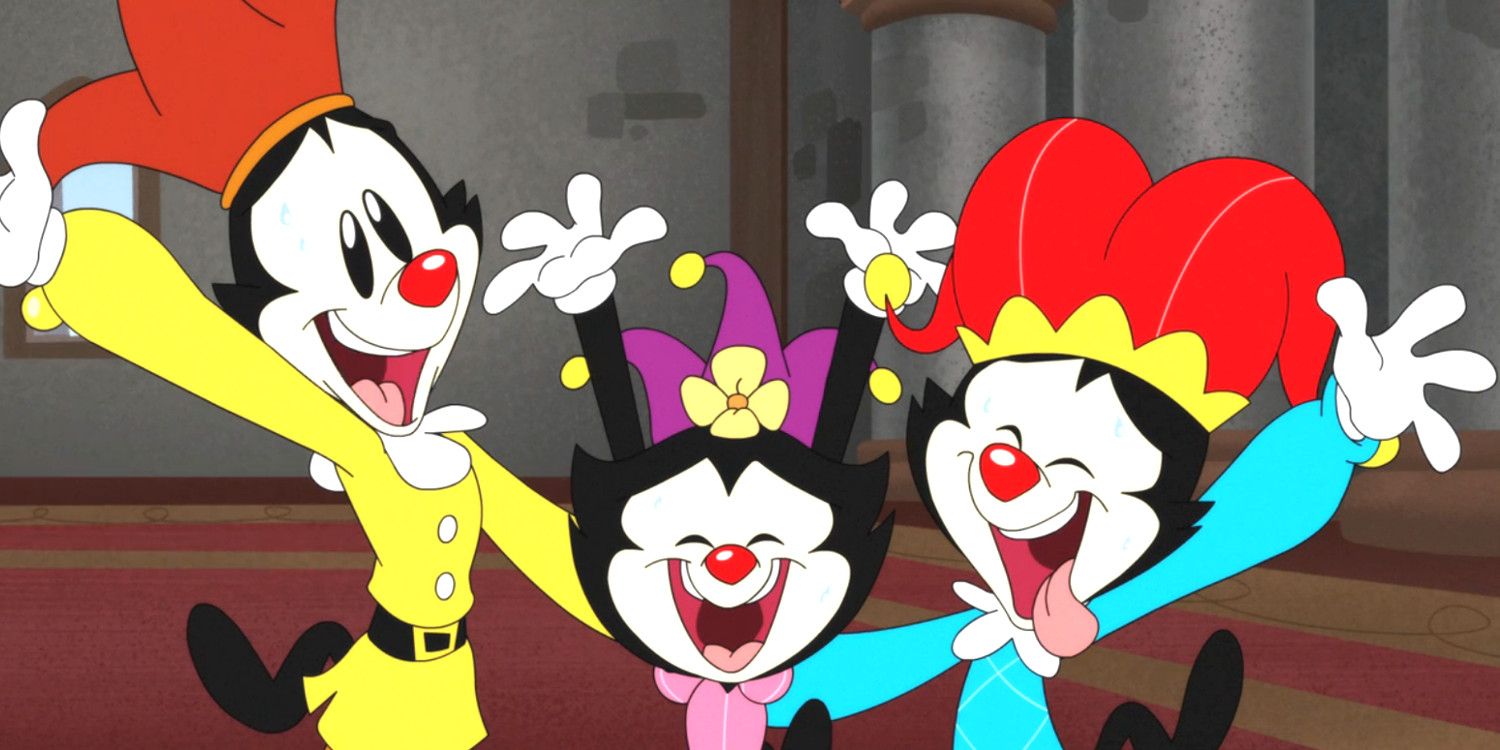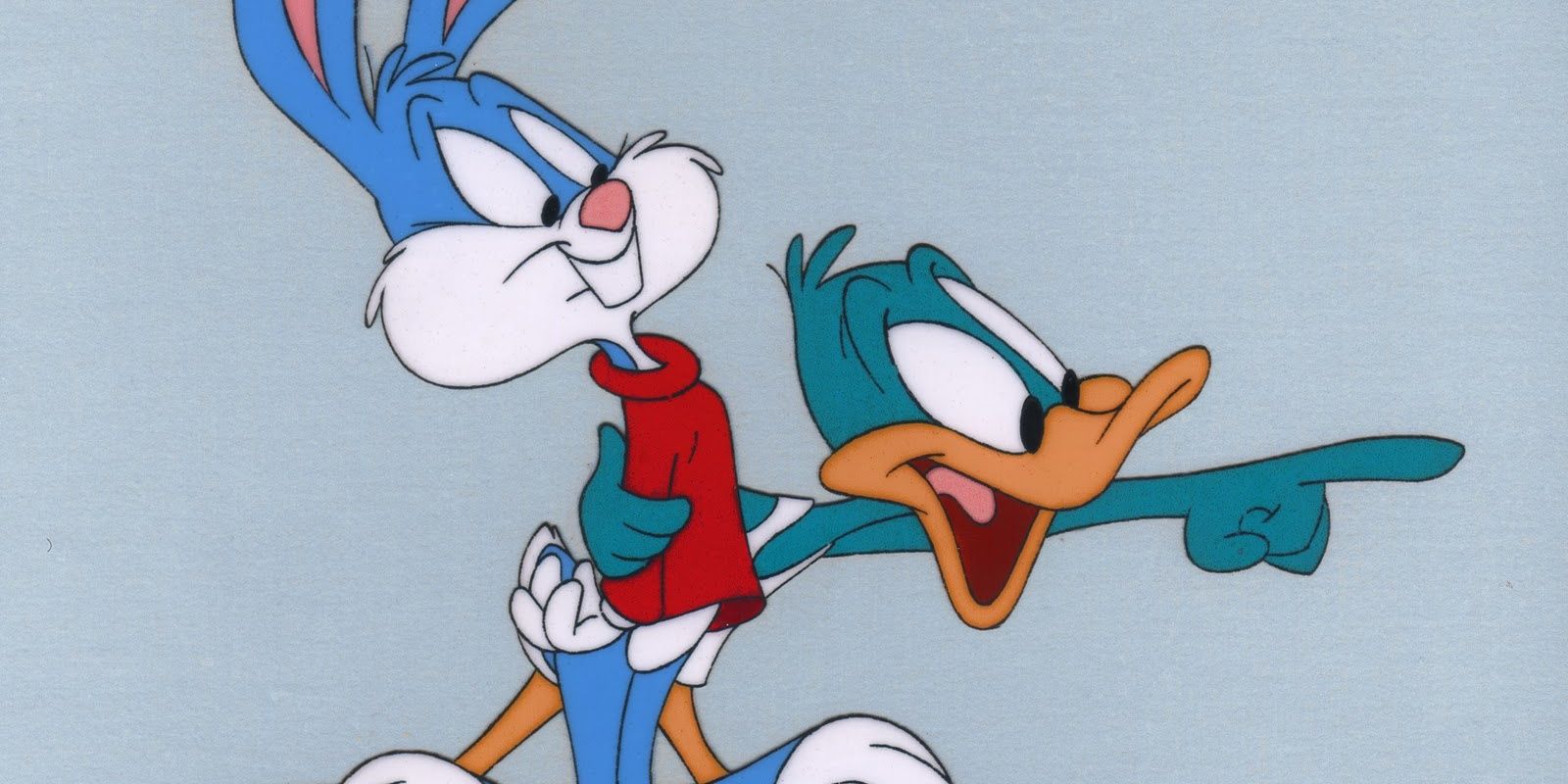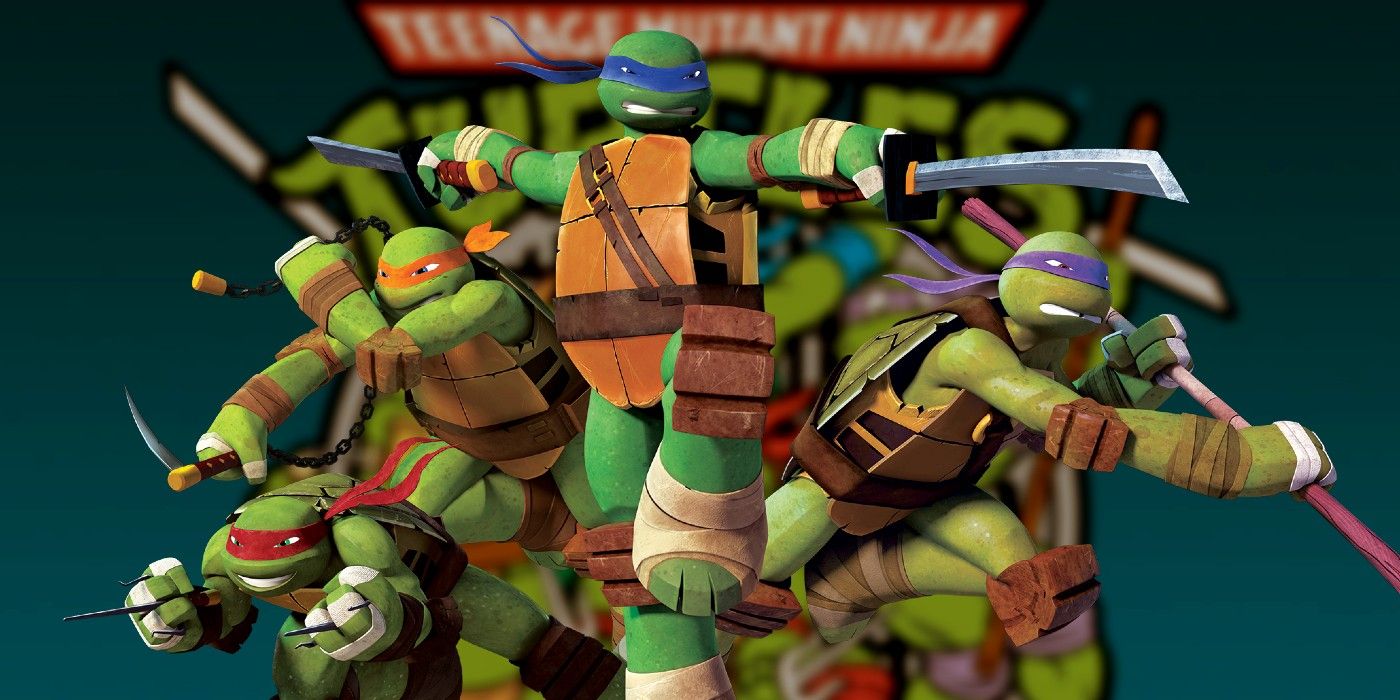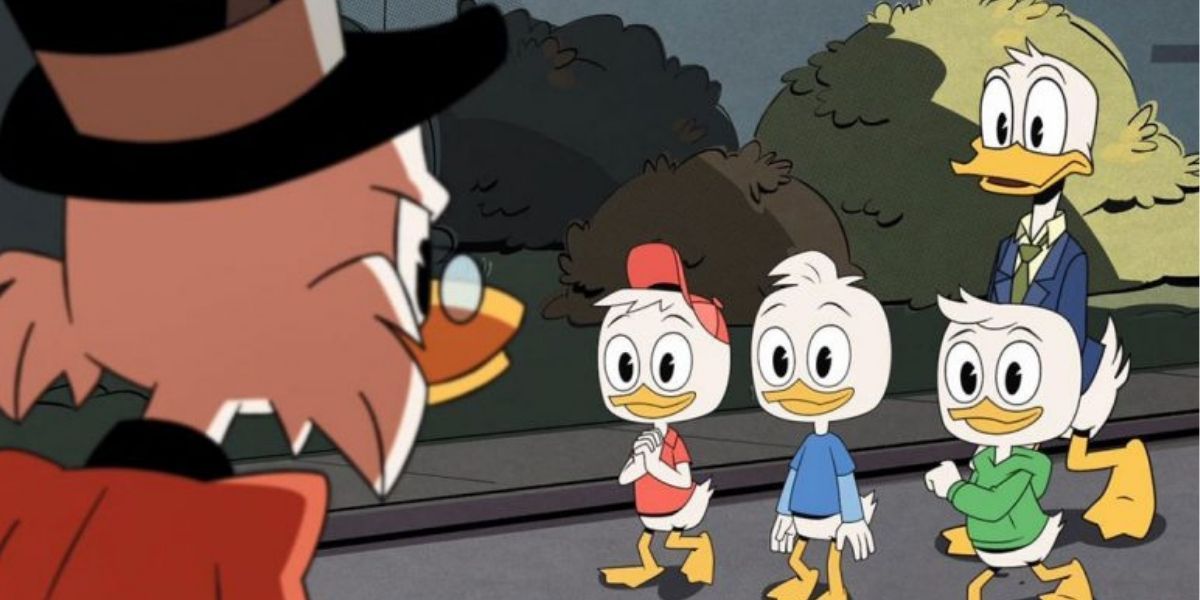Animation fans are hyped for the upcoming sequel to Sony's wildly popular Spider-Man: Into The Spider-Verse. Animation continues to be a wildly popular medium and few things were finer for children of the late twentieth century than a big heaping bowl of cereal, sitting in front of the television still in feety pajamas, bright and early on Saturday mornings.
Animation aficionados often claim that today's kids are missing out on one of the staples of growing up under the shadow of the Baby Boomer and Gen X coming of age. Over at Ranker, a poll shows the cream of the old-school cartoon crop.
The Jetsons (1962)
This Hanna-Barbera space-age classic, along with its era-opposite counterpart The Flintstones, defined an entire genre made for children. Despite its limited 24-episode run, it had a profound and lasting impact on pop culture, setting a whole gamut of future expectations for many an impressionable viewer. Folks still wonder why they don't yet have personal flying cars, robot maids, and a two-hour, two-day workweek.
George, Jane, Elroy, Judy, and their dog Astro had plenty of madcap adventures and the show is remembered fondly by all, still holding up in syndication reruns. Rare is the Gen X kid who can't sing along to the show's ephemeral theme song.
Chip n' Dale Rescue Rangers (1989)
Walt Disney Television Animation came to the party a little bit later than others but eventually produced a number of children's classics including this adventure comedy which was designed to be a companion piece to the Disney Channel's tent pole series DuckTales. The show starred the two classic Disney chipmunks as detectives of their own sleuthing company the Rescue Rangers, and naturally, they dealt with cases the police found too trivial to pursue.
The show was often predictably formulaic and more episodic than its story-driven predecessor, but having the same production company and creative talent as DuckTales propelled the show into more intelligent animation circles.
Inspector Gadget (1983)
Very few Gen X kids fail to recall the earworm cadence of this classic show's theme song. This sci-fi comedy starred the voice of Don Adams, best known as the bumbling spy agent on the equally beloved sitcom Get Smart. Inspector Gadget's titular character was a renowned cyborg police inspector who worked for a secret organization fighting against the schemes of a nefarious organization called M.A.D., led by the main antagonist Dr. Claw.
Inspector Gadget was one of the last hand-drawn animated offerings before the onset of computer-generated works and was a soft homage to Peter Sellers' infamous Inspector Clouseau. Its immense popularity led to two live-action outings starring Matthew Broderick and French Stewart.
Pinky And The Brain (1995)
This spinoff show from Amblin Entertainment's Animaniacs was a highly popular offering in the mid to late nineties with a 66-episode run. More formulaic and less chaotic than its predecessor, Pinky and the Brain starred a couple of laboratory mice emulating a classic buddy team trope wherein Brain was always scheming to take over the world in each episode and is always thwarted either by his own arrogance or Pinky's fumbling antics.
Much like Animaniacs, usually, the stories presented were parodies of famous films or books. The show was smart and witty, its writing and tongue-in-cheek wordplay often catering to older audiences seeking more adult animated fare.
ThunderCats (1985)
Setting a future precedent for perhaps the most emulated cartoon costumes stolen from cherished 80's memories (second only to the Scooby-Doo gang), Thundercats was a major contender for one of the cooler Saturday morning offerings. Produced by children's classic animation company Rankin-Bass, the show followed a group of cat-like humanoid aliens on a planet called Third Earth, wherein the eponymous stars of the show included Lion-O, Cheetara, Panthro, Tygra, WilyKit, and WilyKat.
The show basically catered to the longstanding childhood trope of assuming big cat roles while playing and ThunderCats delivered that fantasy in spades. Rare was a Halloween in the late '80s without the costumed appearance of at least one of the Thundercats.
Scooby-Doo, Where Are You? (1969)
It's surprising to see that the definitive classic Scooby-Doo doesn't rank higher in a fan-voted poll, since it's the most parodied, emulated, and vaunted cartoon of all time - saving only the Looney Tunes world. Scooby-Doo has had many iterations over the last half-century, but its original 1969 run holds the most nostalgia for Gen X and Baby Boomers.
Following the weekly adventures of Fred, Daphne, Velma, Shaggy, and Scooby as they busted the franchise villain du jour became a veritable rite of passage for children enjoying Scooby's many variations. Few and far between are folks who don't know the show's signature takeaway line: "I would've gotten away with it too if it weren't for you meddling kids and your dog!"
Animaniacs (1993)
Pinky and the Brain's predecessor was itself a spinoff as well, as Steven Spielberg's Amblin Entertainment rolled out this critically acclaimed chestnut from its hallmark flagship series Tiny Toon Adventures. Each episode of Animaniacs usually featured two or three shorts, in which 1930s cartoon star Warner Brothers siblings Yakko, Wakko, and Dot were locked away in the Warner Brother lot's water tower, until they escaped and madcap shenanigans ensued, of course.
They often interacted with famous or mythological people of the past and present as well as other Warner Brothers Studio employees. The series was more or less an animated, G-rated sketch comedy series in the vein of Saturday Night Live or SCTV, and like the other Amblin offerings was frequently written to entertain a more mature audience looking for nuance in their animated viewings.
Tiny Toon Adventures (1990)
An initial collaboration between Amblin and Warner Brothers, this groundbreaking 'toon was a wildly successful attempt at replicating the popularity of Warner Brothers' flagship animated world of Looney Tunes for a new generation. The junior spinoff editions of some of the best Looney Tunes characters included Babs and Buster Bunny, Plucky Duck, and Hampton J. Pig, all of whom attended Acme Looniversity.
Tiny Toon Adventures was following a precedent of the time in which many older shows were rebooting for new audiences with junior versions of beloved characters, and this Amblin flagship project led the way with smart and sophisticated in-house riffing and social culture commentary.
Teenage Mutant Ninja Turtles (1987)
Teenage Mutant Ninja Turtles proliferated across a vast array of mediums, including Mirage Studio comic books, television, and cinema. Set in New York City, four turtles were inadvertently exposed to a strange mutagen and mutated into humanoids. Their ninja master Splinter named them Donatello, Raphael, Leonardo, and Michaelangelo after his favorite Renaissance painters, and trained them in the art of ninjitsu to combat the machinations of antagonist Shredder.
The TMNT cartoon varied from its far darker tone in the comics to appease a more family-friendly audience, its original gritty violence watered down to slapstick levels, but that didn't stop kids from flocking to its weekly time slot.
DuckTales (1987)
First appearing in weekday syndication and on The Disney Channel, the Disney Studios cartoon DuckTales - riffed from Barks' comic book series - starred Disney favorites Uncle Scrooge and his nephew Huey, Dewey, and Louie, relatives of Disney's seminal character Donald Duck.
The first season followed their adventures as they traveled the world to protect Scrooge's fortune or to seek treasure to enhance it. Subsequent seasons focused on their hometown of Duckberg and featured many tongue-in-cheek references and parodies of pop culture flashpoints like Indiana Jones, William Shakespeare, Sherlock Holmes, and James Bond. The show was critically acclaimed as a genuine serialized cartoon written for both children and adults.

